Discover the hidden treasures of Ontario parks through powerful biodiversity mapping tools that reveal exactly where and when to spot wildlife. Transform your smartphone into a personal nature guide by downloading iNaturalist or eBird, allowing you to access real-time data about species sightings and contribute your own observations. Navigate through detailed ecological zones using interactive maps that highlight seasonal animal movements, rare plant locations, and bird migration patterns across Ontario’s diverse landscapes. These digital tools empower both casual nature enthusiasts and serious wildlife photographers to plan their visits around peak activity periods, whether tracking the spring bird migration at Point Pelee or searching for elusive mammals in Algonquin’s wilderness. By understanding these biodiversity patterns, visitors can time their adventures perfectly while helping scientists monitor and protect our natural heritage.
What You’ll See: Understanding Biodiversity Maps in Ontario Parks
Trail Markers and Species Hotspots
When exploring Ontario’s biodiversity maps, you’ll notice several key symbols that can guide your wildlife viewing adventures. Look for clustered dots or heat maps showing species concentration – these are your go-to spots for encountering diverse wildlife. Dark green patches typically indicate dense vegetation areas, which are natural hotspots for birds and small mammals.
Keep an eye out for special markers indicating seasonal gathering places, like butterfly migration stops or bird nesting areas. Star symbols often mark designated viewing platforms or blinds where you can quietly observe wildlife without disturbing them. Zigzag lines usually represent well-traveled animal paths, while blue markers commonly indicate wetland areas rich in amphibians and waterfowl.
Pro tip: The best wildlife viewing spots often occur where different habitat types meet, called “edge zones” on most maps. These areas are marked by changing colors or patterns and are fantastic places to set up your camera or binoculars. Morning and dusk are prime viewing times at these locations, so plan your visit accordingly and remember to bring a flashlight for dawn or twilight wildlife watching.
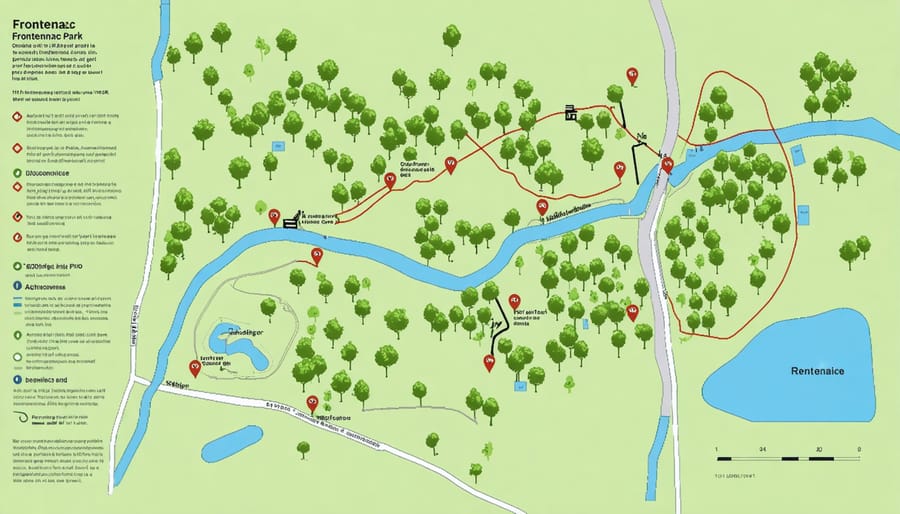
Seasonal Wildlife Changes
Ontario’s rich biodiversity transforms dramatically with each passing season, creating an ever-changing tapestry of wildlife activity that visitors can track and observe. In spring, our biodiversity maps light up with returning migratory birds, emerging amphibians, and the first stirrings of hibernating species. Watch for black bears emerging from their winter dens and listen for the chorus of spring peepers in wetland areas.
Summer brings peak activity, with countless species of butterflies, birds, and mammals visible throughout our parks and conservation areas. This is the perfect time to spot white-tailed deer with their fawns and observe busy beaver colonies at dusk.
Fall paints a different picture, as many birds begin their southward migration, creating spectacular viewing opportunities at designated hotspots. Look for gathering monarchs preparing for their journey south and elk during their rutting season.
Winter might seem quiet, but it’s actually an excellent time for tracking. Fresh snow reveals stories of wildlife movement, from wolf pack trails to the delicate prints of snowshoe hares. Remember that biodiversity mapping tools can help you identify the best locations and times to witness these seasonal spectacles.
Pro tip: Download offline versions of biodiversity maps before your visit, as cellular coverage can be spotty in remote areas.
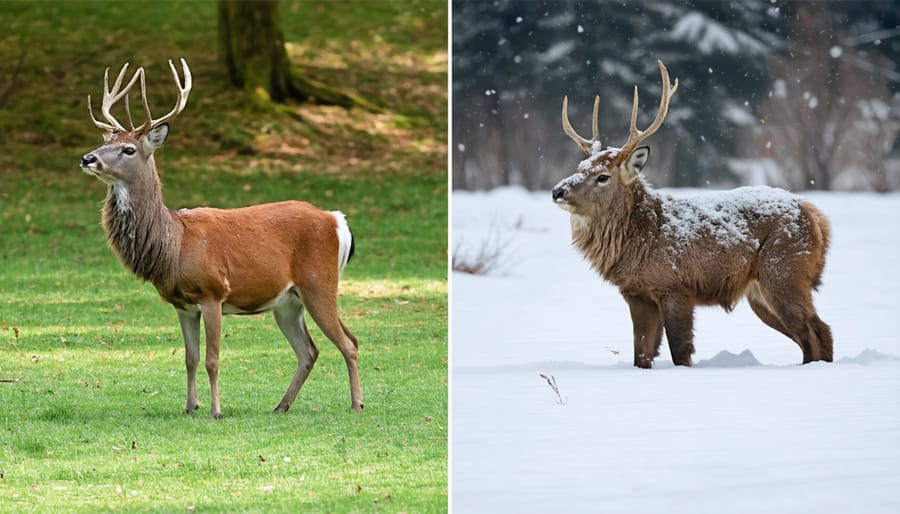
Best Spots for Wildlife Watching in Frontenac
Morning and Evening Wildlife Hotspots
Timing is everything when it comes to spotting Ontario’s diverse wildlife! Early morning hours, particularly just before and after sunrise (5:30 AM – 8:00 AM), offer excellent viewing opportunities at marsh boardwalks and forest edges. The Spruce Bog Boardwalk in Algonquin Park comes alive with bird activity during these golden hours, while the wetlands at Presqu’ile Provincial Park host a morning chorus of waterfowl.
As evening approaches (6:00 PM – sunset), head to open meadows and waterfront areas. The Marsh Boardwalk at Point Pelee National Park transforms into a wildlife highway at dusk, with muskrats, beavers, and various waterfowl becoming more active. For a truly magical experience, visit the Big Creek National Wildlife Area just before sunset to witness hundreds of birds returning to their roosting sites.
Pro tip: Arrive at your chosen location at least 15 minutes before peak activity times to get settled quietly. Remember to bring binoculars and wear earth-toned clothing to blend in with your surroundings. The quieter you are, the more likely you’ll be treated to an unforgettable wildlife encounter!
Your Role in Biodiversity Mapping

Using Your Smartphone for Science
Your smartphone can become a powerful tool for contributing to biodiversity science! Popular apps like iNaturalist and eBird make it easy to record and share wildlife sightings while exploring Ontario’s parks. These user-friendly platforms help you identify species and connect with fellow nature enthusiasts. Whether you’re interested in wildlife photography in parks or simply want to document what you see, these apps turn casual observations into valuable scientific data. Try Seek by iNaturalist for a fun, game-like experience that’s perfect for families, or Merlin Bird ID to help identify birds by their songs. Remember to enable your phone’s location services and consider downloading offline guides before heading into areas with limited connectivity.
Biodiversity mapping brings the wonders of Ontario’s natural world right to your fingertips, making every outdoor adventure more meaningful and memorable. By understanding where different species live and thrive, you can plan better wildlife viewing experiences while contributing to vital conservation efforts. Whether you’re a casual nature enthusiast or a dedicated wildlife photographer, these invaluable tools help protect our precious ecosystems while enhancing your connection with Ontario’s diverse natural heritage. Next time you visit your favorite park, remember that every observation you share helps create a brighter future for our wildlife.

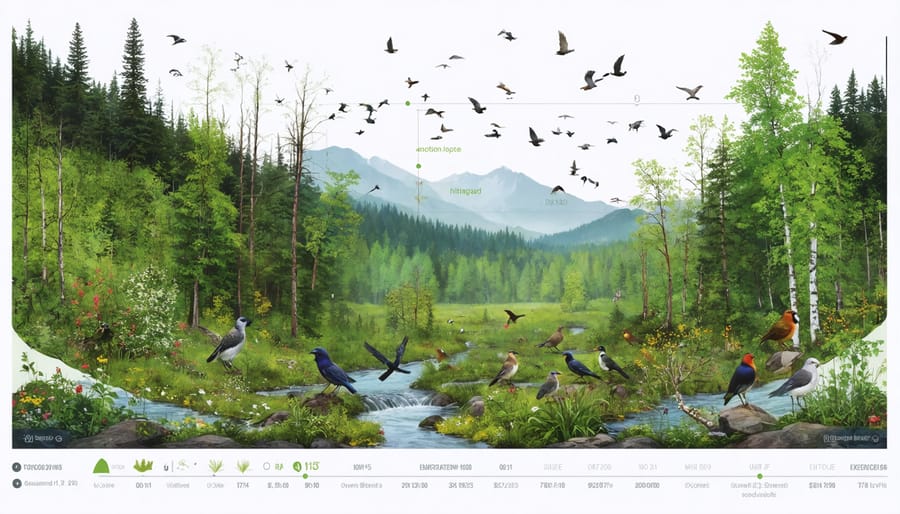
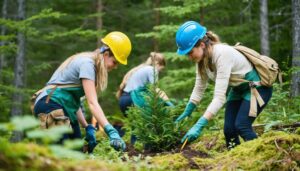
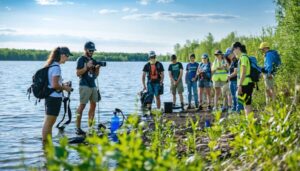


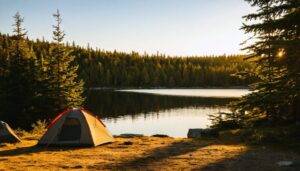
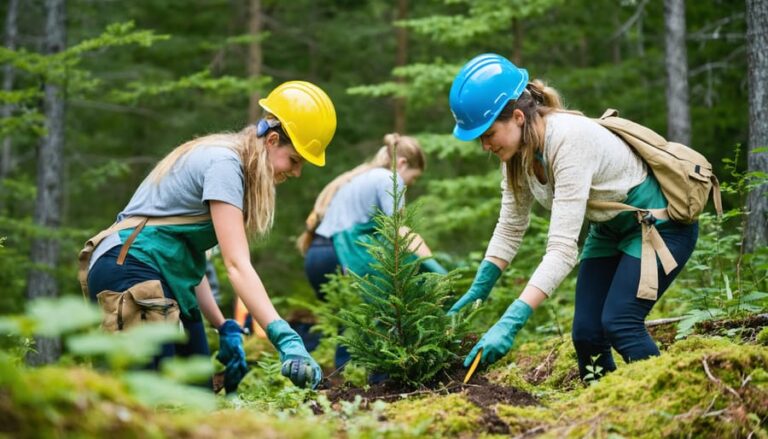
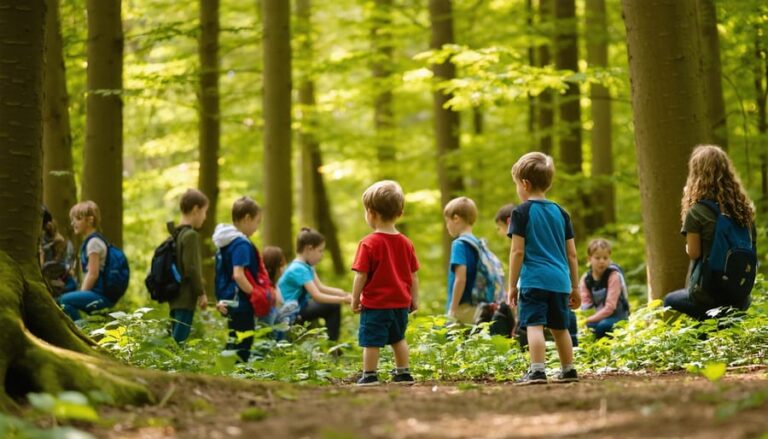
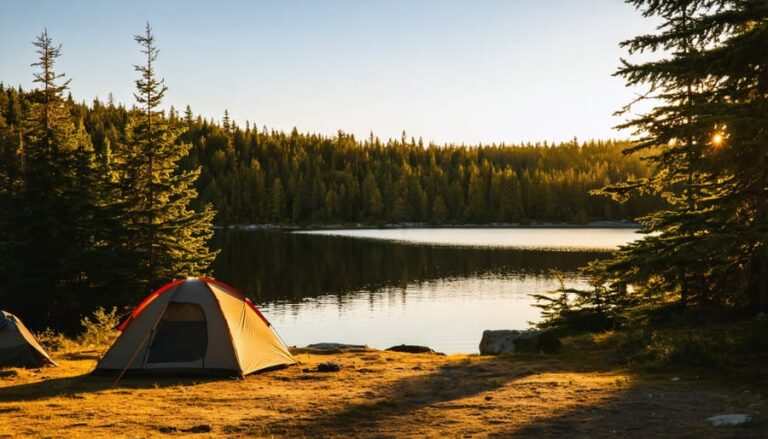
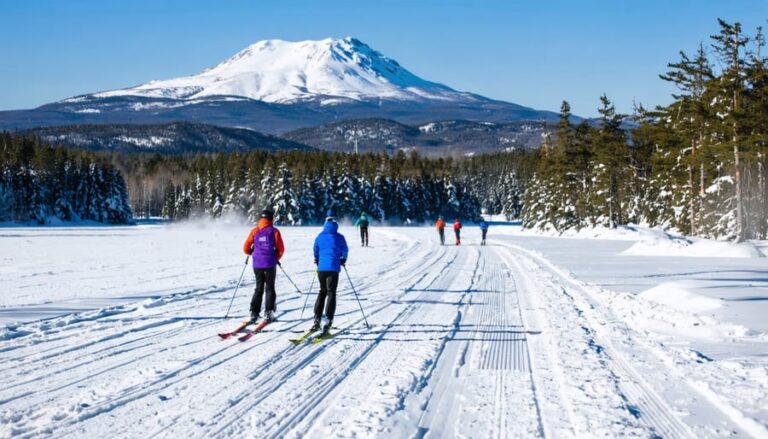

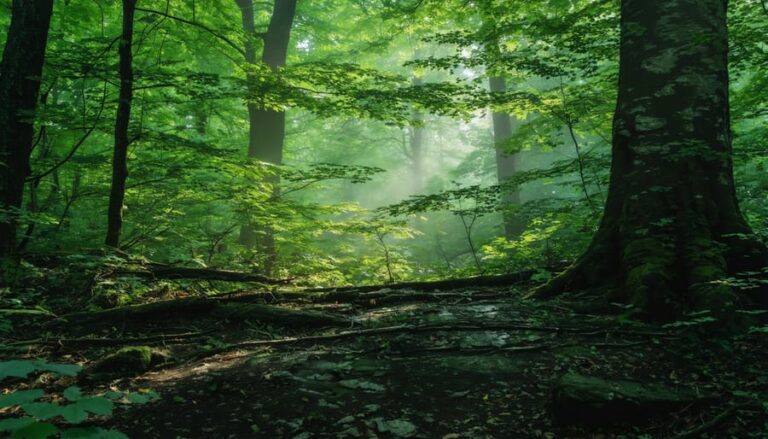
+ There are no comments
Add yours